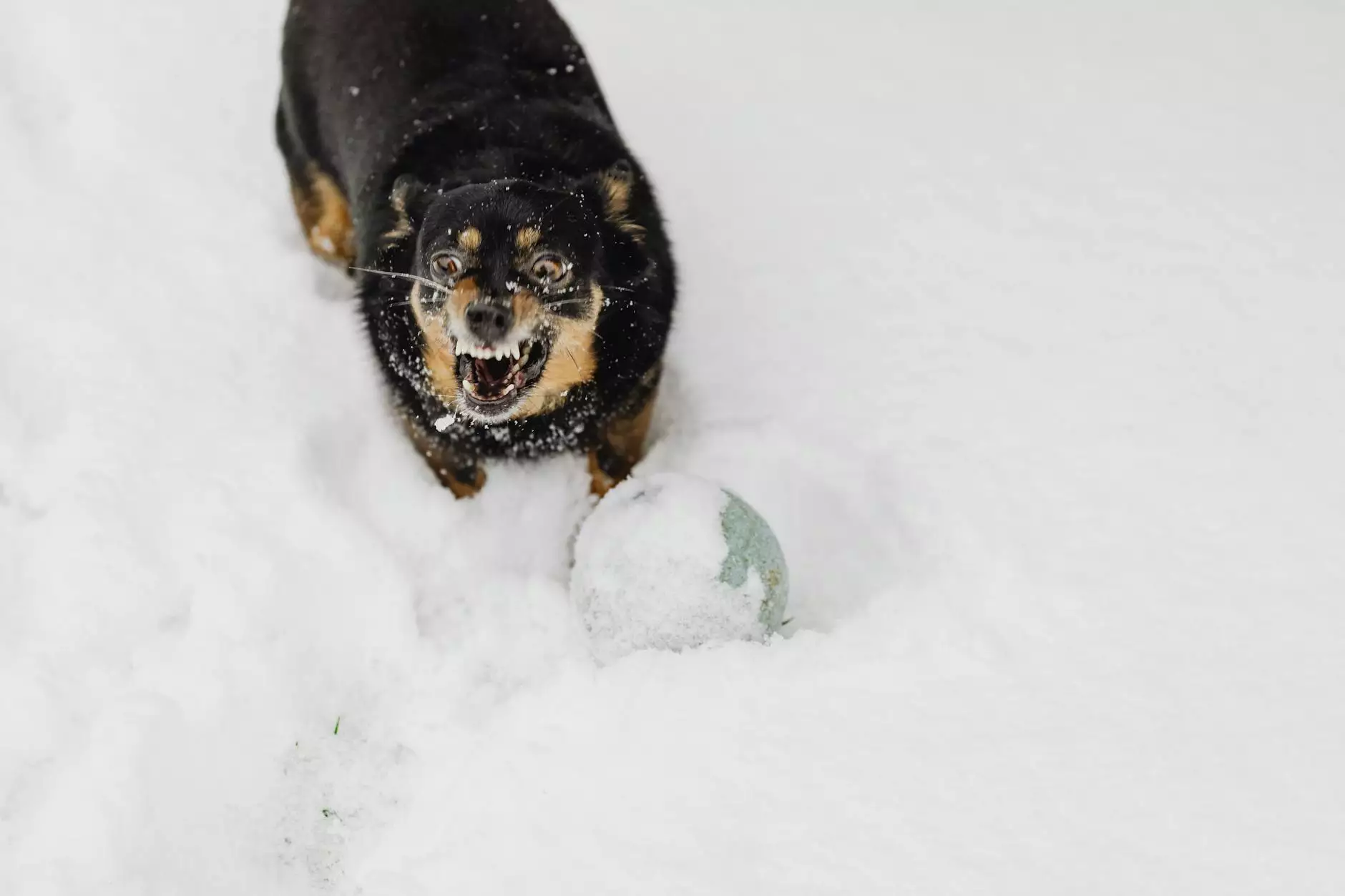Set-up For Success - The Upbeat K9
Training
Introduction
Welcome to the Set-up for Success page of The Upbeat K9 website. Here, we provide you with expert tips and strategies to help you train your dog for success. Whether you're a first-time dog owner or an experienced enthusiast, our comprehensive advice and detailed instructions will ensure you have everything you need to achieve great results.
Creating the Perfect Environment
Setting up your dog for success begins with creating the perfect environment for training. A calm and quiet space, free from distractions, is ideal. Designate a specific area in your home or yard where you can focus solely on your training sessions.
Eliminate Distractions
Dogs are easily distracted, so it's important to eliminate any potential distractions during training. Remove toys, food, or anything that might divert your dog's attention away from the task at hand. This will help your dog stay focused on the training exercises.
Use Positive Reinforcement
Positive reinforcement is a powerful tool in dog training. By rewarding your dog with praise, treats, or playtime, you are reinforcing the desired behavior and encouraging your dog to repeat it. Make sure to use positive reinforcement consistently and in a timely manner to maximize its effectiveness.
Training Equipment and Tools
Having the right training equipment and tools is essential for successful dog training. Here are some key items you may need:
Collar and Leash
A well-fitted collar and leash are essential for control and safety during training sessions. Choose a collar that is comfortable for your dog and a leash that allows for proper guidance and control.
Clicker
A clicker is a small device that makes a distinct clicking sound. It is commonly used in positive reinforcement training to mark the precise moment your dog performs the desired behavior. The click sound acts as a signal to your dog that a reward is coming.
Treats
Treats are a valuable tool in dog training. Use small, soft treats that are highly enticing to your dog. Ensure the treats are bite-sized, so your dog can consume them quickly and continue the training without interruption.
Step-by-Step Training Guide
1. Start with Basic Commands
Begin your training journey by teaching your dog some basic commands, such as sit, stay, and come. These commands form the foundation for more complex training exercises and help establish a line of communication between you and your dog.
Sit
To teach your dog to sit, hold a treat close to their nose and slowly move your hand upwards. As their head follows the treat, their bottom will naturally lower into a sitting position. Once they are fully seated, say "sit" and reward them with the treat. Repeat this process several times until your dog understands the command.
Stay
Building on the sit command, introduce the stay command. With your dog in the sitting position, hold your hand up, palm facing them, and say "stay" in a firm but gentle tone. Take a step back and wait a few seconds before returning to your dog and rewarding them with a treat. Gradually increase the duration of the stay as your dog becomes more comfortable.
Come
Teaching your dog to come when called is crucial for their safety. Start by kneeling down, opening your arms, and using an enthusiastic tone to say "come" while gently patting your legs. When your dog comes to you, reward them with a treat and lots of praise. Practice this command in different locations to generalize the behavior.
2. Gradually Increase Difficulty
Once your dog has mastered the basic commands, you can start introducing more challenging exercises. Gradually increase the difficulty level to keep your dog engaged and motivated.
Advanced Obedience Training
Advanced obedience training involves commands such as heel, down, and leave it. These commands require more focus and self-control from your dog. Use the same positive reinforcement techniques as before, rewarding your dog for performing the correct behavior.
Impulse Control Exercises
Impulse control exercises help your dog learn to resist distractions and behave appropriately in different situations. Start with simple exercises, such as asking your dog to wait before receiving a treat or playing with a toy. Gradually increase the difficulty by introducing more tempting distractions.
3. Maintain Consistency
Consistency is key in dog training. Set a regular training schedule and stick to it. Keep training sessions short, fun, and focused, ensuring both you and your dog enjoy the process. Consistency will reinforce the learning and help your dog progress faster.
4. Seek Professional Help if Needed
If you encounter difficulties or feel overwhelmed during your training journey, don't hesitate to seek professional help. A qualified dog trainer can provide personalized guidance and support to address specific challenges you may be facing.
Conclusion
Setting up your dog for success requires careful planning, patience, and a commitment to providing the best possible training environment. By following the tips and techniques outlined in this guide, you can enhance your dog's obedience and behavior. Remember, successful dog training is a journey that requires ongoing effort and dedication, but the rewards are well worth it.










